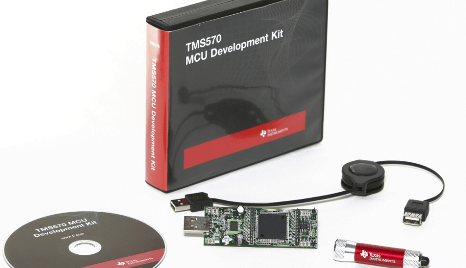Elektor launches Ease-of-Use Benchmark for microcontroller development kits
on

Microcontroller manufacturers, writers of software development tools and even electronic parts distributors are proposing an ever increasing number of microcontroller development and evaluation kits, and some of these kind people actually hope to get their product mentioned or reviewed in Elektor magazine. This type of kit can be very simple or complex and it’s not easy to treat them all in the same way. Actually, a standard procedure is missing that yields a yardstick to hold these products against.
A recent test of a Texas Instruments dev kit finally got us to develop a benchmark that, we hope, will prove useful for the future. The benchmark procedure should allow us to put a number to the relative ease of getting started with XYZ Corp.’s dev kit. For sure, such a rating doesn’t tell a lot about the kit, but experience taught us that if a kit is hard to set up it’s usually hard to use too. The new benchmark measures the ease of making an LED flash, on or by the dev board. To do so, it measures the impact the kit has on the test computer and the number of manipulations needed to get the LED to flash. The benchmark is expressed in helloWorld units [hW] and it is weighted for the ever increasing computing power of test PCs. A high helloWorld value represents a good rating.
Read the review of the Texas Instruments kit we received and see how much hWs it scored on the Elektor Embedded Blogspot.


Discussion (0 comments)